The a6000 One Beast of a Camera!
There has been a massive influx of ILC or Mirrorless cameras in the photography industry lately. There is no reason to question why either, these cameras keep on getting better and better as the months progress. I, a big time DSLR user, have been eyeballing a mirrorless camera for a while now. I was hesitant to jump in the mirrorless ring because of how fast the industry is moving with them.
In case you are wondering, a Mirrorless camera is a camera that does not have a mirror inside the camera body to reflect into the prism of the viewfinder like a traditional DSLR. It is kind of like a DSLR that is stuck in mirror lock-up mode. On the inside all you have is the sensor. This cuts back on some moving parts inside the camera making them much smaller, but it comes with a sacrifice. Because a DSLR uses a mirror and prism in the viewfinder, what you see in that viewfinder is a true reflection of the photo you are about to take. With a mirrorless camera, if it has a viewfinder, it will be an electronic representation of what the sensor is seeing.

With that being said, I wanted the luxury of a mirrorless camera. By luxury, I mean versatility, the ability to get decent RAW images without having to bust out my Canon (it certainly feels like a Cannon sometimes). I love my DSLR, the Canon 6D has treated me very well over the last year and a half. However, it can be cumbersome for small excursions, especially with the family. After researching the mirrorless cameras on the market, I went with the a6000.
Cameras I researched before buying the a6000:
- Olympus Omd-Em1
- Olympus Omd-EM5
- Olympus Ome-EM10
- Sony a7r
- Sony a7
- Sony NEX-7
- Sony NEX-6
The Sony a6000

What I like about the a6000:
- The Price: $749.00 with a lens (a fraction of the cost of many other mirrorless cameras). This price was one of the biggest selling points for me. I wanted a mirrorless that produced high quality images without having to pay more than $800. This camera fit the bill and then some!
- Ergonomics: This camera is a beauty! It has a vintage land camera look to it giving it that retro flare. It is small, however, it fits very comfortably, even in my large hands. The buttons are laid out well. I do find myself hitting buttons that are in the same place as my Canon but do different things. This is something I have to get over, Sony did a great job of placing the right buttons in the right spots.
- Megapixel count: The a6000 packs a mean punch with a 24.2 Megapixel APS-C sensor! I was stunned when I saw the quality of the images this camera produced, even with the limiting factor of the kit lens (I will get to that in the dislikes). I used one of the images from this camera in a webinar with Topaz Labs. I ran a single RAW file through the post processing ringer and it held up like a champ!
- ISO Sensitivity: While the a6000 boasts the capacity of 25,600, the images are far too noisy. I did find that it worked very comfortably at 3200 and even pushed the mold at 6400 as well. The images seen below were RAW images with no noise reduction applied.
- 1.5x Magnification: As mentioned before, this is a crop sensor camera with an APS-C sensor. This means it will magnify your focal length by 1.5x. The kit lens it comes with is a 16-50mm lens. After the crop factor it is 24-75mm.I prefer the 1.5x Crop Factor over the 2x crop factor of many of the Olympus mirrorless cameras. I know myself well enough that I like my focal lengths really wide! You will frequently find me out in the landscape with a 14mm lens on my Canon as my walk around. Having a 2x magnification would have me in tears.
- Foldout Screen: The a6000 has a foldout LCD screen. This is something I missed terribly when I upgraded from my Olympus E-30 to the Canon 6D. While a fold out screen may not seem like something incredibly useful, it can be in extreme high or low angle shots.
Just this weekend I was using the ol’ Canon to take a low angle shot, we are talking on the ground on a bean bag. I had to bend all the way down to the ground to see either the viewfinder or the live view. With the Sony, you simply adjust the screen before putting it down for the low angle shot and you don’t have to worry about breaking your back to get at its level. - 2 Scrolling wheels: This may not seem like a big deal, but when you go from a DSLR with 2 scroll wheels you get very spoiled. The a6000 has one scrolling wheel on the top of the camera and another one on the back of the camera that also functions as a push button dial in 4 directions for quick access to the camera features like ISO, Exposure Compensation, and Firing Mode.
- 11 Frames per second!: This thing is WICKED fast! In High Speed continuous fire you can successfully snag 11 frames per second (in ideal lighting conditions of course). If you simply try to take one shot with High Speed continuous fire activated you are likely to take 3 or more, it is that fast! This high speed frame rate also makes it great for handheld HDR. It can take a 3 bracket series in a split second.
- Custom Settings: The a6000 allows you to save up to 3 custom settings on the camera. I have a few of my own Custom HDR settings so I can switch from any camera setting to an HDR setup in seconds.
What I Don’t Like About the a6000:
- The Kit Lens: Of course, all kit lenses are not the best. However, this lens is supposed to be a 16-50mm lens but if you take it to 16mm you will see the edge of the lens vignetting around the corners of your image. This is unacceptable to me. They should have nerfed the lens to 18mm to compensate for the horrible vignetting at 16mm. It is also a power Zoom lens. When you zoom it feels like a toy and you can almost hear an audible grinding.
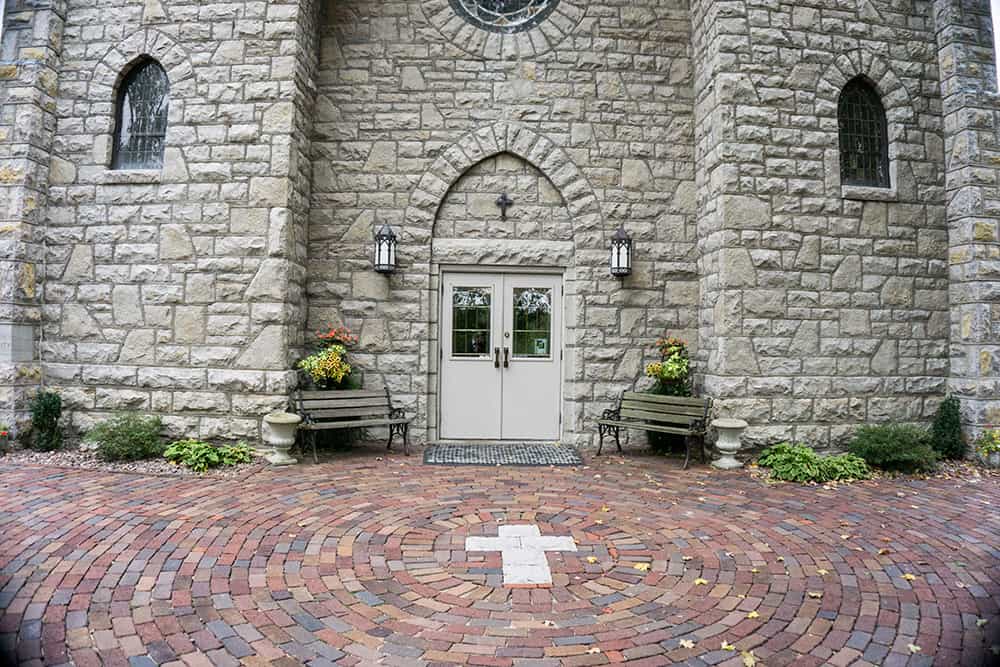
- Example of lens vignetting on the lower right and left side of the image.
- The Viewfinder: It is nice that the a6000 has a viewfinder as many mirrorless cameras do not. However, the viewfinder is electronic. If you are used to seeing a nice clear picture in a DSLR, you will not be very happy with the pixelated electronic viewfinder found in many mirrorless cameras.
- The Video: While I do not shoot video with my still cameras (I do that with the Panasonic X-920 Camcorder), the a6000 can only shoot 10 minutes worth of video. This may not seem like a limiting factor, but more and more people are moving to DSLR’s for their filming purposes. The a6000 is not the camera for long videos. If you only plan on shooting short videos, it will work for you with no problems.
- The Battery Life: It does not hold a charge for long and is only good for about 300 shots. I charged it one day, shot 10 pictures with it, put it down and the charge was at 75%, I looked at it the next day 60%. If you want to go on a long trip with lots of shots, you will have to purchase a second battery. It is always a good idea to carry more than one battery anyway, but for such a small camera you would think the battery would last longer.
- Not Weather Sealed: I don’t take my gear out in extreme conditions, so this was not a deal breaker for me.
- Lens Choice: There are not a whole lot of star studded Sony e-mount lenses on the market. Zeiss makes glass for the e-mount cameras, but you are going to pay the Zeiss price!
Who is the a6000 for?
- The pro DSLR owner looking for a convenient walk around camera.
- The novice photographer looking to upgrade from an older DSLR but not wanting to spend more than $800.
- The beginner looking for a camera with great manual features, but does not want to break the bank on a hobby.
In the end:
In the end, this is a camera I would refer to a friend, I would refer it to many friends! It boasts a lot of great features for a little guy and packs a mean punch in the ring with many mirrorless cameras in its class. I wouldn’t replace my DSLR with this guy, but I would take it to a walk in the park with the family or on a short trip where the DSLR would be inconvenient (with 2 little ones this happens more often than not). At $748 I would venture to say you are getting a lot of camera for the cost!
What are your thoughts?
Do you own a Mirrorless camera? If so, which one? What do you think of it?
Do you think Mirrorless cameras will one day replace the DSLR?

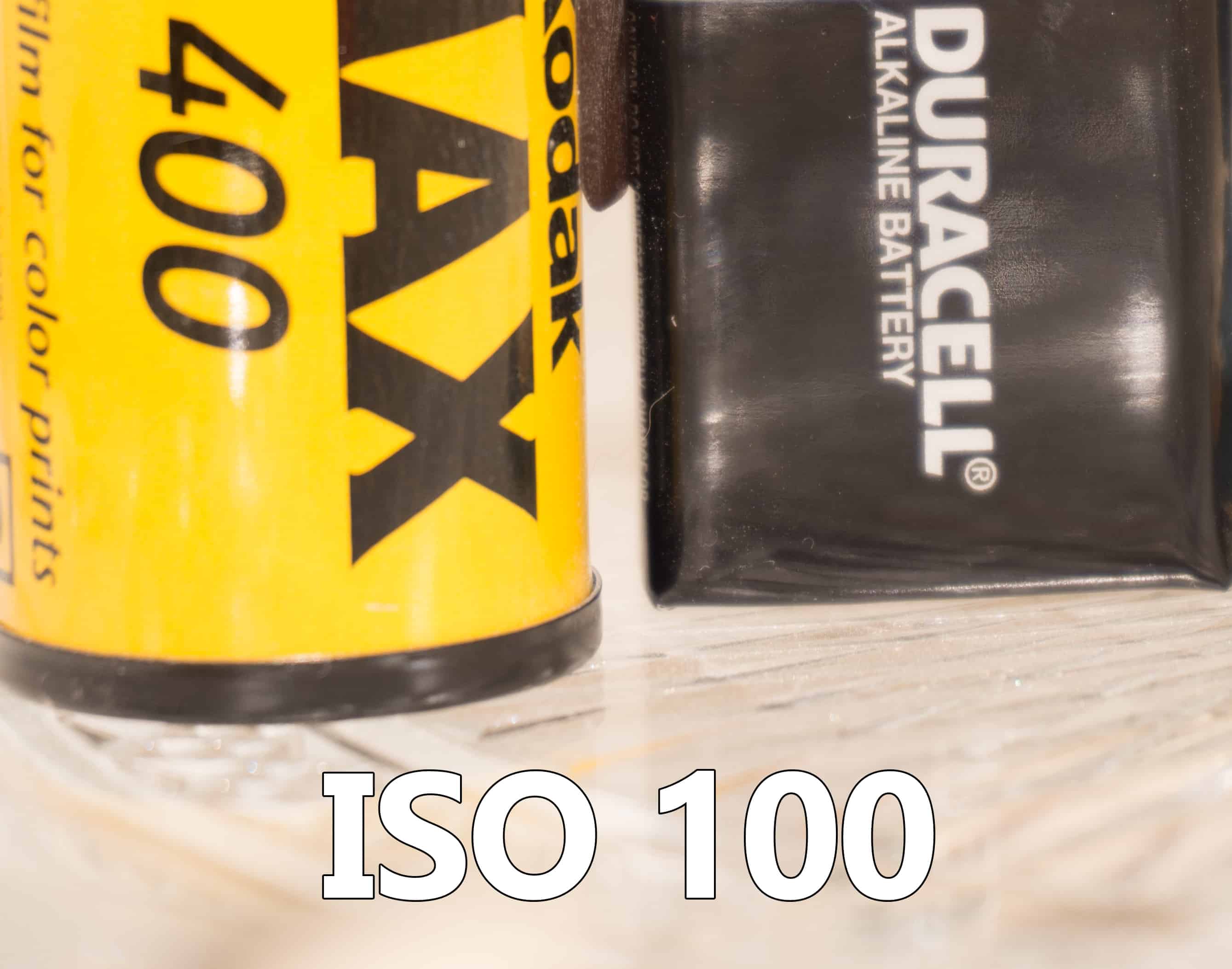
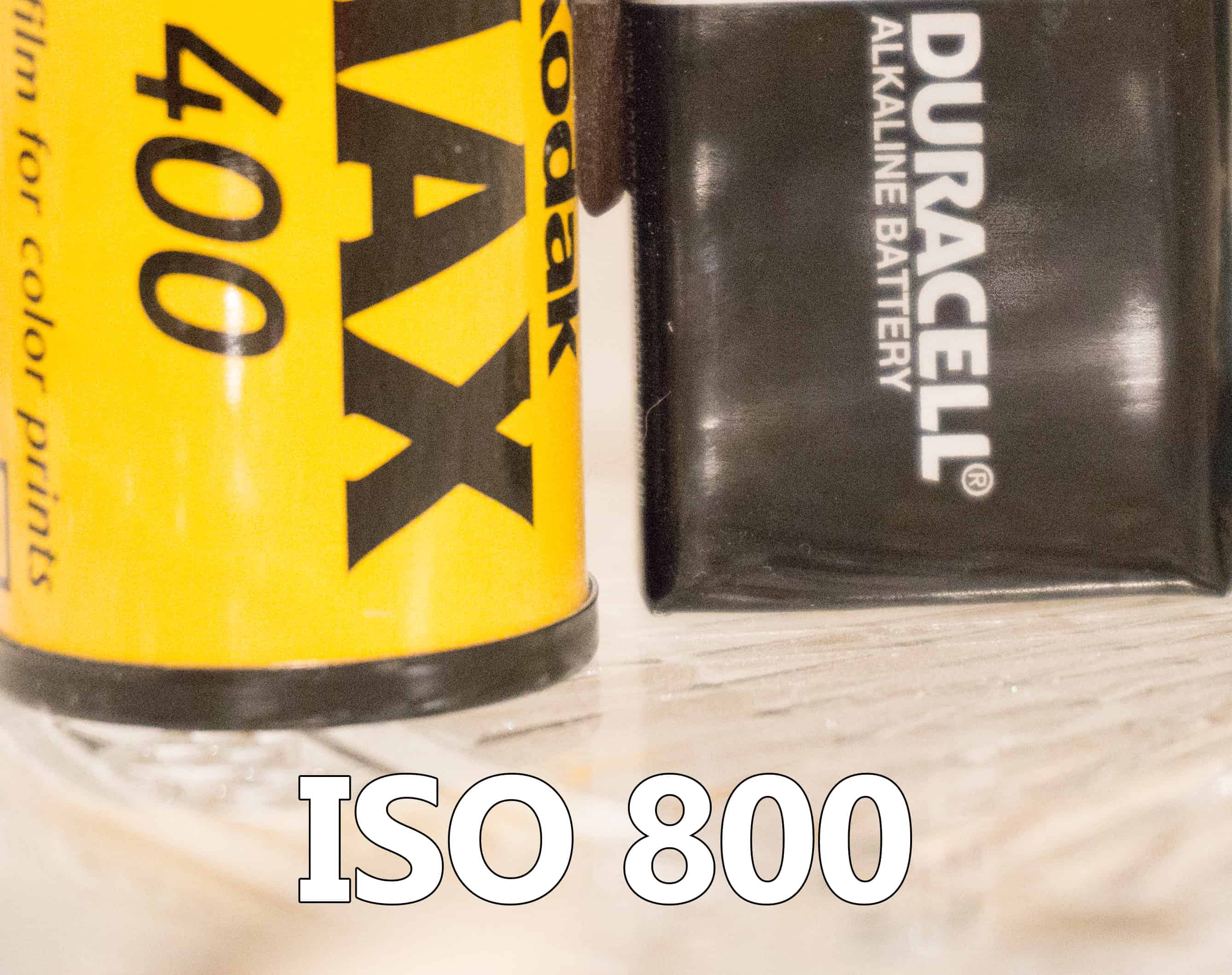
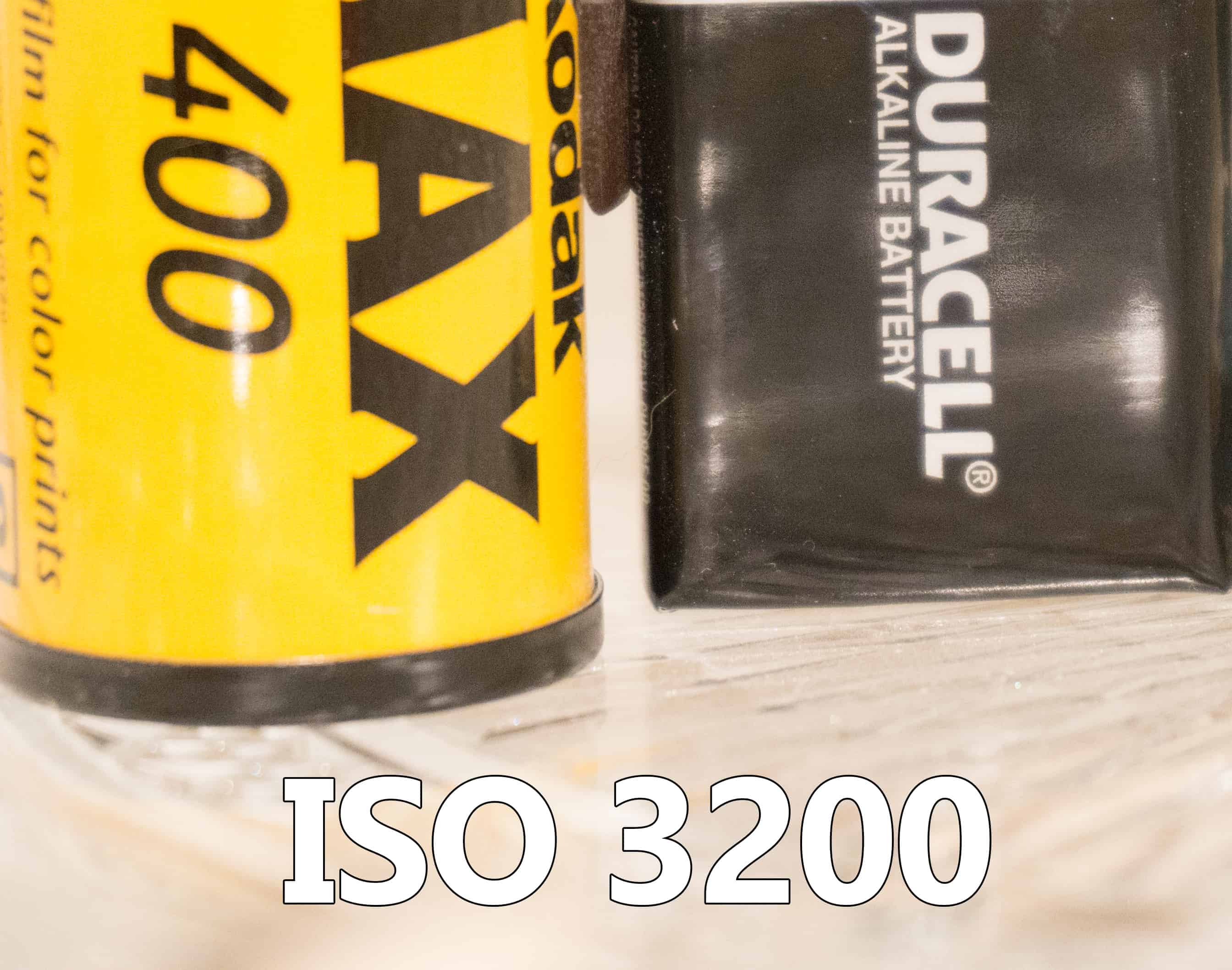
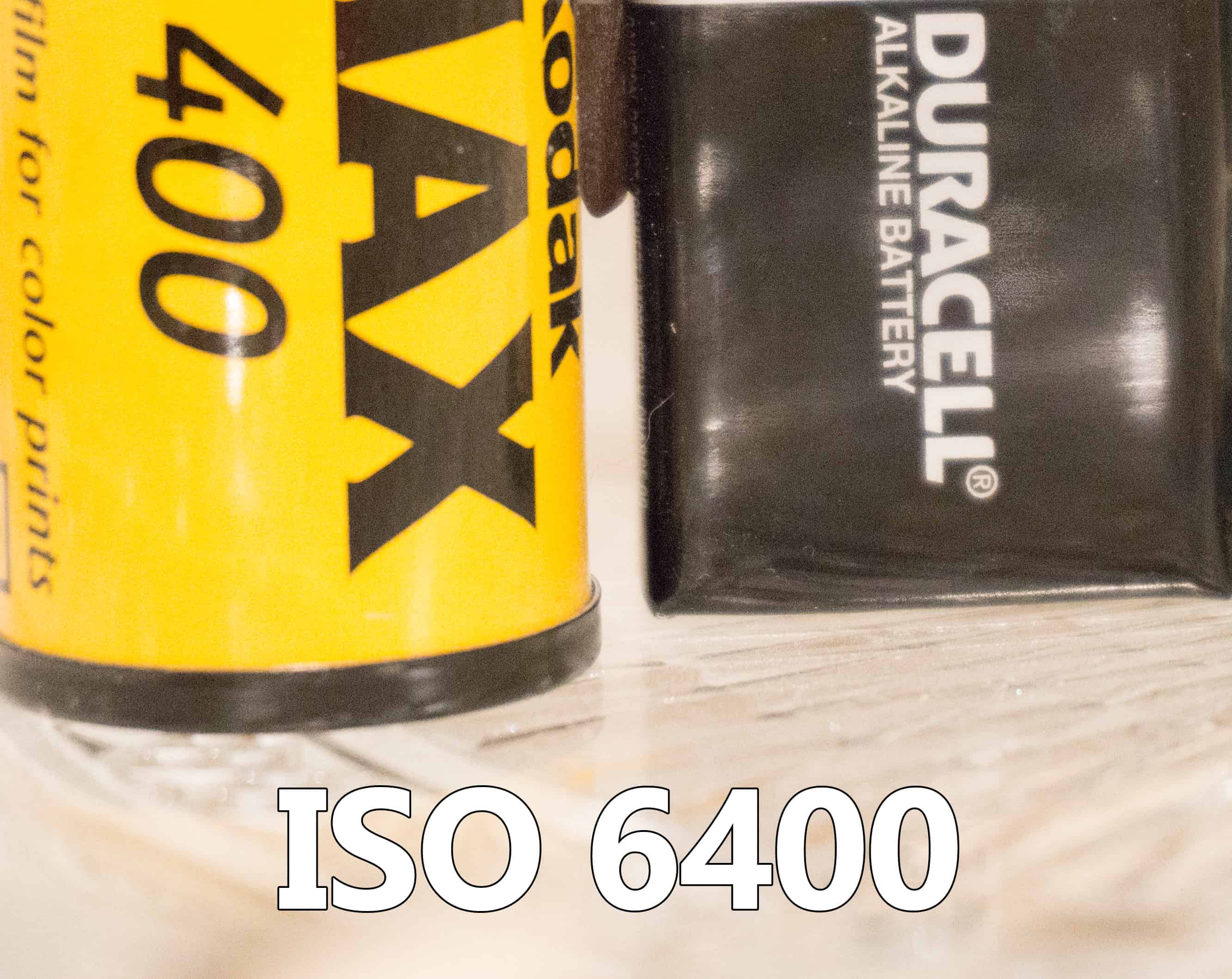
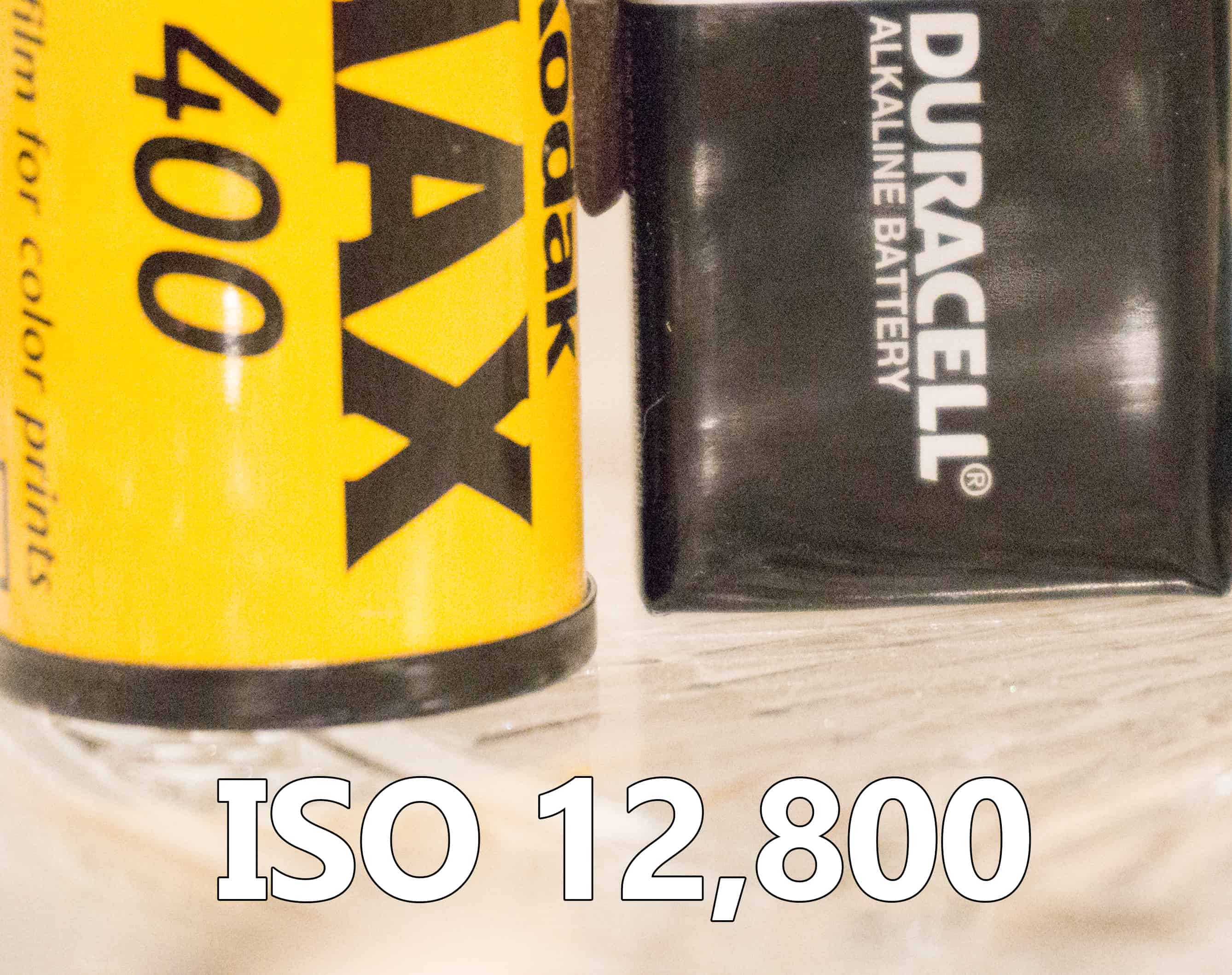
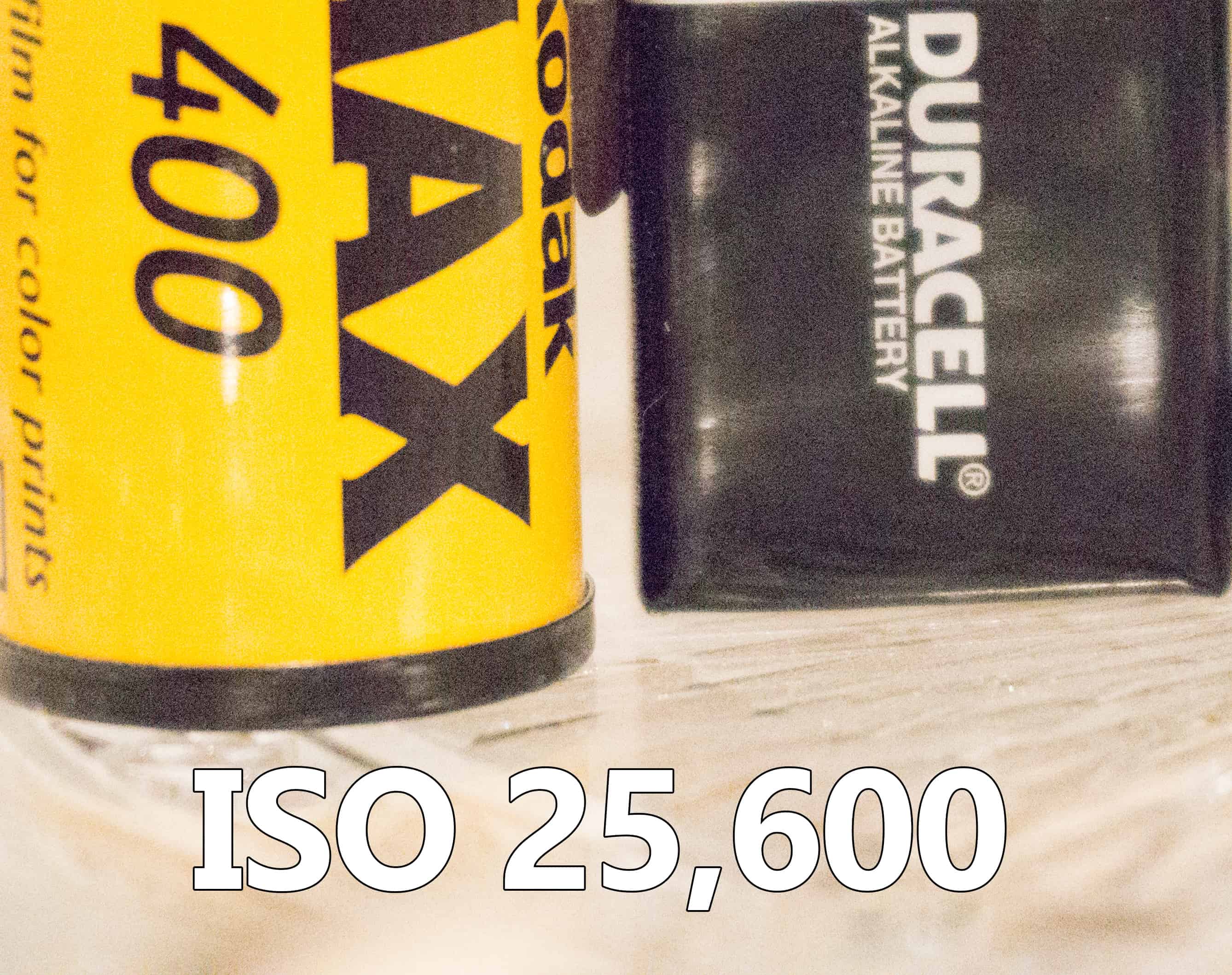








I purchased the Sony a6000 about six weeks ago. I travel and hike into some rough areas and often left my DSLR Nikon behind because it was too bulky and heavy to take. I wanted something better than a point and shoot and decided to check out the new Mirrorless cameras. I’ve never owned anything but Nikons and wanted to buy the NikonV3 but the a6000 reviews and price blew the competition away.
This camera now can be purchased with two kit lenses, two batteries, a charger, a digital card plus other accessories for around $1,000.
It is small and light enough to take on a day long hike out in the wilderness. I have been impressed with the detail I’ve been able to get with RAW images.
The kit lenses that come with it are a bit soft but can be sharpened with photo editing software. The view finder isn’t as sharp as on my Nikon but it’s adequate. It’s an easy grab and go camera.
My daughter didn’t want to spend $800+ on a camera and bought the Sony a3000 that came with two kit lenses, two batteries, a digital card plus a few other accessories for $400. The a6000 is a huge step up from the a3000, but I must say the a3000 produces very good RAW and JPG pictures.
Thanks for the feedback! Glad to see another person who made the decision is happy with it. I love the ease of use with this camera. SO easy to pick up and take around the town. Definitely beats carrying an 8 pound extension of my arm (Canon)!
I am at a crossroads, the next step for me in my addiction is to start purchasing higher quality lens, with the intent of upgrading to a high-end body (currently use a t4i).
If you were given a choice to go either mirrorless and abandon your 6D or stay on your current path, which path would you choose?
I would stay on my current path. I love the a6000, simply for its versatility. However, I have an arsenal of awesome Canon Lenses, three 600 EX-RT speedlights, and a Lee Bog Stopper (to name a few things) that I could not live without. At this point I plan on buying one nice piece of Zeiss glass for the a6000 and calling it good. Those are my thoughts now, that could all very well change in the next 5 years though dependent upon how the industry moves and it is moving FAST!
After falling in love with the Retro look of the Olympus OMD series , i purchased an OMD5. For the simple reason that Blake mentioned. Walk around versatility. After adding the add on battery grip the camera feels amazing in my hands. I love using this camera so much that my D800 and D7100 have not taken shots in weeks. I will be in Melbourne later this week and looking forward to doing some street photography without having a cumbersome DSLR and lens. Highly recommend mirrorless people
A timely post as I’m looking along similar lines myself.
If you hadn’t restricted yourself to a budget of $800 would your choice have been different ?
Does anyone else have a view – I mainly shoot landscape.
TIA – steve
I would have bought an a7r, if money were not an issue. Well I need to clarify, money wasn’t really an issue, it was more about not wanting to replace my Canon, haha. The a7r is a strong contender against the full frame cameras in the industry. It is a full frame mirrorless camera that is receiving rave reviews. However, I wasn’t looking to replace my full frame system, just for a quick snappy APS-C mirrorless, the a6000 fit the bill. Another one to look at is the XT-1 (Fuji). It is not as powerful as the a7r but it ranks up there! Look at them with http://www.snapsort.com you will see how the apples compare.
Thanks for the review, Blake. I think I am going to let the mirrorless camera technology and proliferation “cook: a bit longer. I will just lug my Canon around for a while longer 🙂
Vinny
Not a bad plan, Vinny! I couldn’t pass up on this little guy!
I bought a Fuji HS35EXR p&s a few months ago for casual photography a few months ago. It is nowhere near the Sony reviewed by Blake, but it takes really good raw photos. That I print often. At under $300 I don’t have to sweat bullets about it being stolen as I do with my dslr.
Great review, I’d consider buying the Sony, but I’m afraid my investment in my dslr and lenses might never leave the house and would go to waste.
This a6000 sounds like a knock-off of the NEX-7. How is it different/better than the NEX-7? Also, money aside, why wouldn’t you choose the a7r, which you list as researched in this decision?
Thank you,
Morris Cottingham
It is the upgrade to the NEX 6 which was the upgrade to the NEX 7. Looking at the price there is still a huge disparity somewhere at Sony, the a6000 is a giant upgrade from the NEX-7, here is a comparison. About the A-7R, I would love to have purchased this, but it came down to what I was already indebted into and how far I wanted to be indebted into something else.
I have a ton of Camera gear for the 6D, lenses, flashes (a lot of flashes). I didn’t want to take away from my flagship by purchasing its equivalent in a smaller walk around camera. While price was not the determining factor in my decision, it was nice that I could get A LOT of camera in the a6000 for such a small price. My intent was for a small walk around camera, not replace my 6D with something else. Thanks for stopping by.
I was using an old Nikon bridge camera, so was keen to move to something with interchangeable lenses and more flexibility.
I did look hard at a Nikon D7100, but it was huge in my little hands, and I was into street photography at the time, so I looked to the new batch of mirrorless cameras.
I heard about this camera a long time before it came out and really wanted to get one.
But the waiting proved painful, and when Amazon offered a deal on an EM5 I bought that instead.
I sometimes wonder if I should have waited. M43 cameras have issues, as you say,(and this a6000 looks to be as good as I had hoped,) but I do love the look and handling of the EM5, and the photos it takes are pretty good (albeit a little noisy.)
I do envy the cleaner look of photos out of DSLRs (although the A7r images are sweet,) but the convenience of a mirrorless suits me well.
As to your question as to whether mirrorless will replace DSLRs.
I think they will. Once Nikon and Canon decide to enter the market properly (which I think they have to.)
Next… will the smartphone replace the DSLR?
I know what you are saying about 4/3rds, I was there with my E-30 for a long time! Let’s just say I learned a lot about noise reduction! This camera is phenomenal in the noise department!
As for phones taking over DSLR’s, well if you could get a phone lens that could zoom from 14mm – 400mm and a full frame sensor with the ability to control 15 flashes and handle noise like a boss, then yes, it could replace the DSLR. At this point, I don’t see that happening in the near future! However, sensors are getting smaller and more powerful, lenses are getting smaller and sharper, so there is hope for this idea!
Hi Blake
First of all let me say how much I enjoy your tutorials, many thanks.
Are you able to share how you set up the A6000 for HDR use, I.e. Typical setting that you use.
Cheers
Eli
Thanks! I appreciate the feedback!
As far as the settings, I pretty much use the same settings on the a6000 that I do on the Canon. I also have them saved in the custom settings of the camera so I can access them rather quickly. Basically, Rapid Continuous Fire, AEB: 3 Exposures @ +2/-2 and 0, ISO 100, Aperture Priority Mode. This camera is a beast with HDR @ 11 Frames per second!
got a6000 open box under $450 lot of camera for that price.. will be traveling companion with my nex 6 (got that open box for $200 !)
The Sony a6000 is an awesome camera, it took me about a year before I purchased. I was looking for something affordable, light and obviously a camera with good video and photo quality.
The Nex series just never did it for me, at last Sony brought us the alpha series.
It is such a versatile camera, especially for us traveling folks.
These are a few articles I wrote on the Sony alpha 6000
http://exploretastetravel.com/tag/sony-a6000-camera/
A great read, thanks.